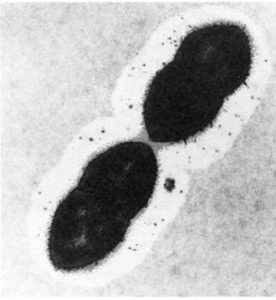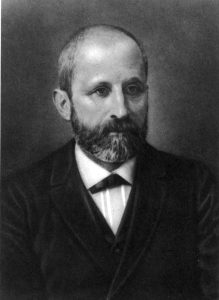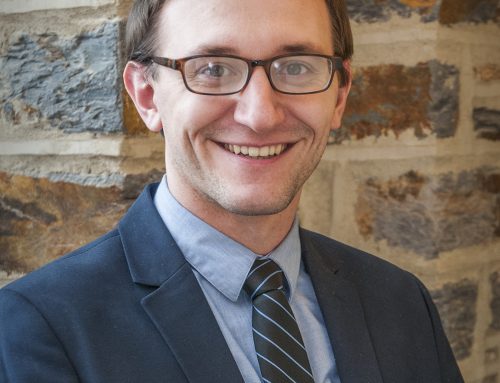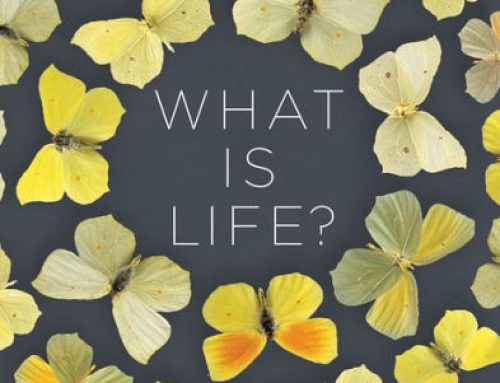
Pneumococcus colony. Avery et al.: Transformation of pneumococcal types. From J Exp Med 1944, 79(2): 137-158
On February 1, 1944, The Journal of Experimental Medicine published an account by Oswald Avery, Colin MacLeod, and Maclyn McCarty of what Nobelist Peter Medawar called “the most interesting and portentous biological experiment of the 20th century.” The paper concluded that the chemical substance causing a genetic transformation of pneumococcal bacterial types is DNA. By showing for the first time that DNA is a carrier of genetic information, Avery, MacLeod, and McCarty opened the gateway to the modern era of the life sciences.
In celebration of the anniversary of this landmark Avery-MacLeod-McCarty paper, the Markus library invites you to listen the first episode of the DNA Papers podcast series presented by the Consortium for History of Science, Technology and Medicine. Neeraja Sankaran introduces the series, which she organized and moderates. She is a historian of science and medicine at the National Center for Biological Sciences-TIFR, Bangalore, India.This series progresses from the first discovery of the substance in 1869 to the early 1980s, when scientists devised the techniques for determining the sequence of the units that make up a DNA molecule. Each episode features scholars from different fields: the history of science, the specific areas of science pertinent to the paper being discussed, other humanities and social sciences—such as philosophy, anthropology, sociology of science and STS—and science communication.

Friedrich Miescher
The first episode of the DNA papers goes back to the nineteenth century when a young Swiss doctoral student, Friedrich Miescher, searching for the secrets of life by delving into the chemistry of cells, stumbled on to a hitherto unknown new chemical substance localized in the nucleus of pus cells. He named the substance nuclein; we now recognize it by the commonly used acronym for its chemical name: DNA.





